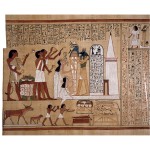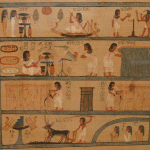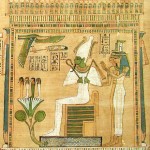Edition - February, 2012
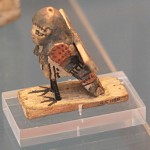
Editorial – Journal Edition 3 and Magazine Edition 4
Welcome to our latest editions of the Journal and Magazine sections. There is a great mixture of topics, which we hope will provide something for everyone. In the Journal section Kate Phizackerley has brought together the results of two excavations in the tomb of Horemheb in the Valley of the Kings, separated by nearly a century, […] [more…]
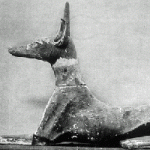
Introduction to the Contents of Tomb KV57 (Horemheb)
KV57, Horemheb’s royal tomb in the Valley of the Kings is famous for its bright decoration but it has yielded a large number of artefacts. The tomb has been excavated twice by Theodore Davis after he discovered the tomb in 1908 and a century later by Geoffrey Martin. This paper brings together findings of both excavations to show that the tomb originall contained an assemblage matching or surpassing that found in KV62, the tomb of Tutankhamun [more…]
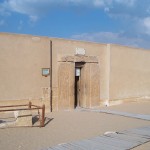
Notes in the margins of the scene termed “rendering accounts” in the mastaba of Mereruka
The mastaba of Mereruka, called Meri, is located at Saqqara, near the pyramid of Teti, next to the pre-existing tomb of his colleague, Kagemni. Both acceded to the post of vizier during the reign of Teti, at the beginning of the 6th Dynasty. The vast building is divided into three parts, sheltering, besides the deceased, his wife Seshseshet (daughter of Teti) and their daughter Meryteti. Those who visit the tomb cannot fail to notice, at the beginning of the circuit, a scene decorating the lower part of the left wall of the long passage that leads to section A reserved for Mereruka. [more…]
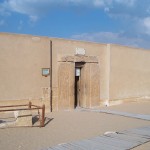
Notes en marge de la scène dite «de reddition des comptes» dans le mastaba de Mererouka
Le mastaba du Mererouka, dit Meri, se situe à Saqqara, à proximité de la pyramide de Teti, jouxtant la tombe préexistante de son collègue Kagemni. Tous deux ont accédé au vizirat sous le règne de Teti, au début de la VIe dynastie. Le vaste bâtiment se divise en trois parties, hébergeant outre le défunt, son épouse Seshseshet (fille de Teti) et leur fille Meryteti. Ceux qui ont visité la tombe n’auront pas manqué de remarquer, en début de parcours, une scène décorant la paroi gauche, dans sa partie inférieure, du long passage menant à la section A réservée à Mererouka. [more…]
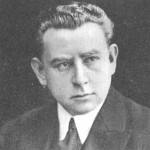
Arthur Weigall: A Man Out Of Time – Part 1
In this article, I will explore the contributions that Arthur Weigall (figure 1) made to the field of Egyptology. I knew of Weigall’s involvement as a reporter during the excavation of Tutankhamen’s tomb by Howard Carter, and his open criticism of Carter and Carnarvon’s exclusive reporting agreement with the Times, but later discovered that he had already had an impressive career in Egypt. That in fact by the time he came to cover Carter’s discovery his career in Egyptology was already over and he had not returned to Egypt in over nine years. [more…]
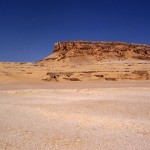
Early Coptic Church and Monastic Architecture. The Link with the Pharaonic and Greco-Roman Past.
Although the religions of ancient Egypt and Coptic Christianity are fundamentally different, there are a number of parallels and similarities between the internal arrangements and layouts of the Pharaonic temples, and those of the later Coptic churches. Both Ancient Egyptian temples and Coptic churches were places of worship, each containing space designed to incorporate symbolic elements and to allow for the performance of specific activities. They were built according to certain formulaic conventions that dictated how that space should be employed by different levels of the clergy and the public. [more…]

The Egyptian Collection of the Archaeological Museum of Zagreb and its Mummies
The Egyptian collection in the Archaeological museum in Zagreb currently has over 2,300 artifacts of Ancient Egypt, and is the largest and most complete collection of its kind in Croatia. The first acquisition, the Zagreb mummy, is still its most famous artifact today. It came to the museum in 1862, and remains the core of the collection. Another part of the collection was bought from a famous Roman junkman in Naples called Lancia (Tomorad 2003). Studies revealed that most items came from Luxor and the surrounding areas. [more…]
 By Andrea
By Andrea